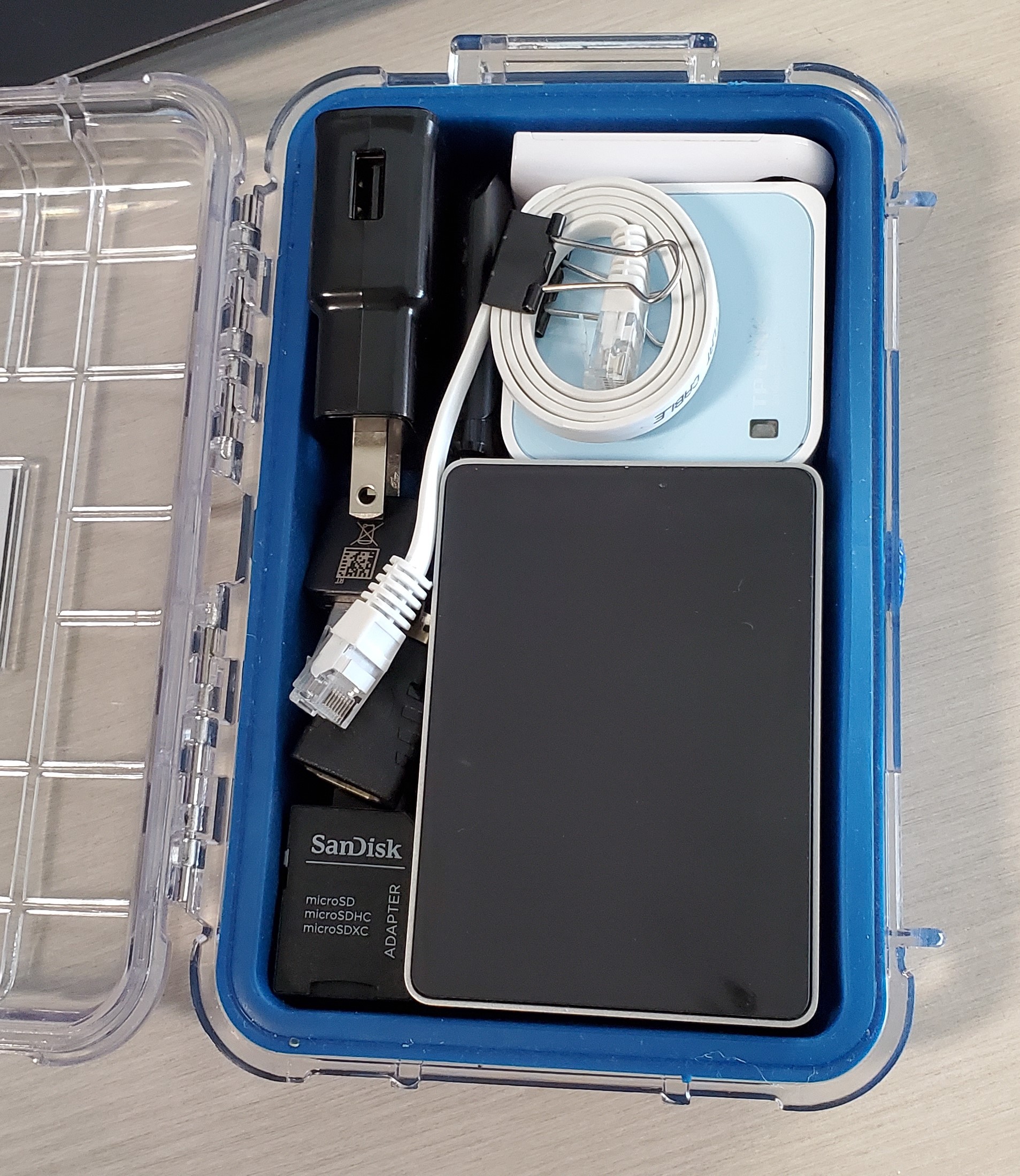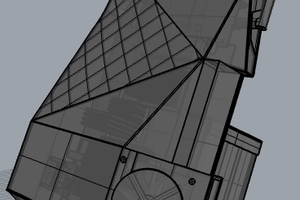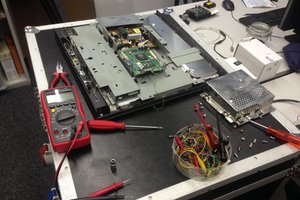I have chosen three main aspects to focus on while designing the Cyberdeck. Listed below are the different aspects as defined by my plans for the final design.
Communication
In geographical areas where the typical connections, (i.e., power, cell towers, internet) may be scarce at best, having a wide variety of different communication means could easily mean the difference between life and death. With that in mind, the goal of this aspect of the cyberdeck is to allow for as many different means of communication as possible. For now, the cyberdeck will be outfitted with Software Defined Radio (SDR) and a small wireless router. GPS will likely be added into the project, but that is not a guarantee. If other forms of communication are developed or discovered, they will be researched to see how viable they would be within the cyberdeck.
Data Storage
As seen in the modern world, the ability to gather data and store it effectively is instrumental in maintaining our way of life. Maintaining our way of life becomes more difficult the more remote an area is. The cyberdeck will be designed to combat this. Research has been and will be done to determine the best computer for the job at hand. Ready access to organizational tools such as Excel, or the Linux equivalent, will be ensured as well as methods to journal or record events as they happen. An effort will be made to automate the input of data as much as possible, but that is more determined on a case-by-case basis and by the circumstances that the cyberdeck will find itself.
External Device Interaction
Having the ability to interact with external devices is crucial as it allows for the cyberdeck to be customized to fit specific tasks or needs. The goal for this aspect of the cyberdeck is simply to maximize the number of devices that can be connected to the cyberdeck. Some of the plans that I had for the cyberdeck included developing a rudimentary weather station, developing a way for the cyberdeck to alert the user if someone enters the area, and allowing the cyberdeck to handle basic automation within things like greenhouses. Obviously there are things made specifically for these tasks, but I want the Cyberdeck to be a Swiss Army Knife of sorts so that it can do multiple different tasks without the need for more hardware.
More concrete details will be added as more work is done to the project. It is best to check the logs for more up-to-date information.




 David Troetschel
David Troetschel
 Cybermage2019
Cybermage2019